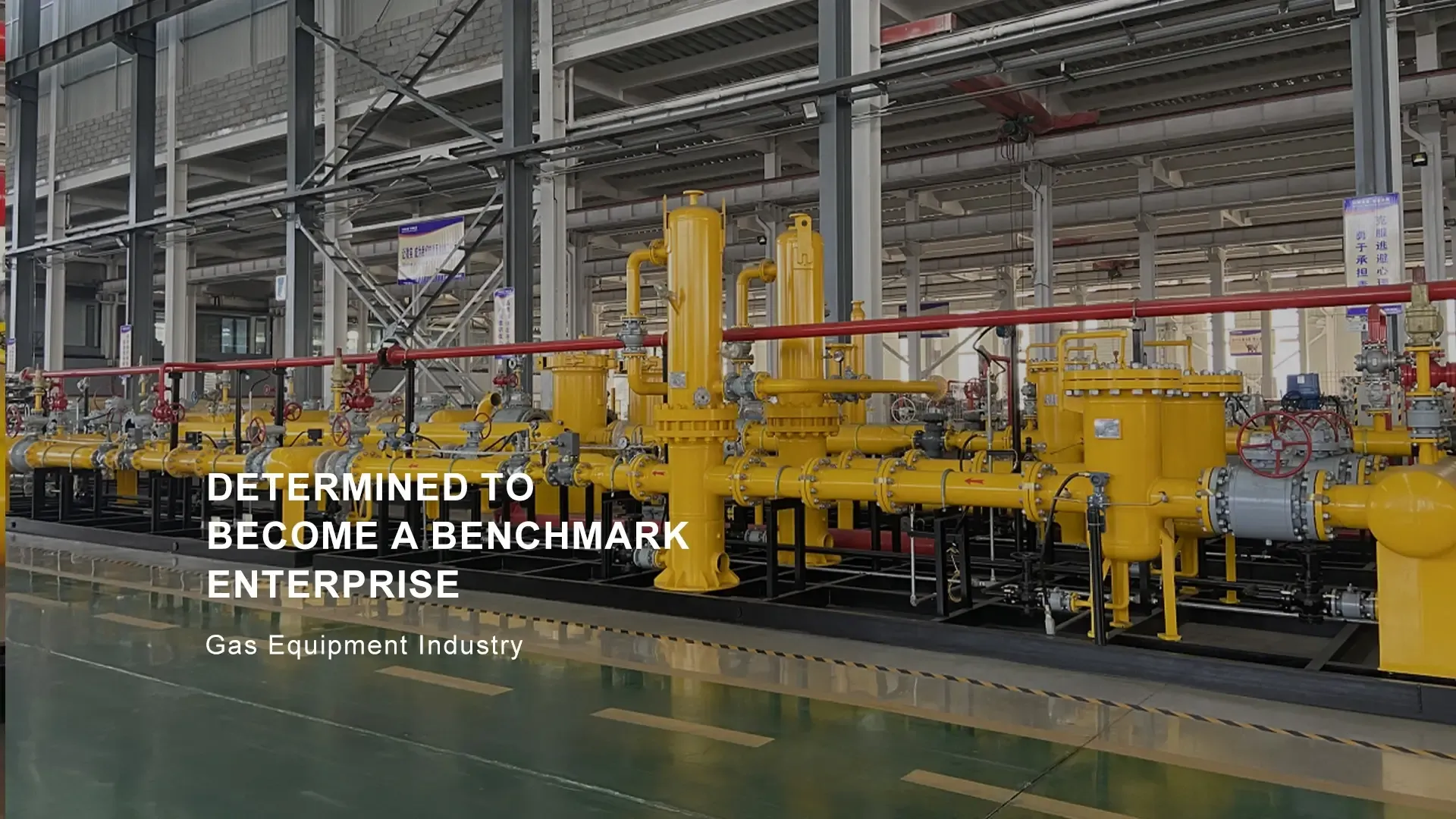
Nov . 28, 2024 03:56
Back to list
Innovative Solutions for Efficient Gasification Equipment and Technology Development
Gasification Equipment Transforming Waste into Energy
Gasification is a revolutionary technology designed to convert carbon-based materials, such as biomass, coal, and waste, into synthesis gas (syngas). This process occurs in high-temperature environments with limited oxygen, facilitating the breakdown of complex organic materials into their constituent gases. As the world grapples with growing energy demands and environmental challenges, gasification equipment has gained prominence as a sustainable solution to help manage waste and generate energy.
The Mechanism of Gasification
At its core, gasification involves several stages drying, pyrolysis, oxidation, and reduction. Initially, feedstock (the material being transformed) is dried to remove moisture. Next, pyrolysis occurs, where organic materials decompose under high heat in the absence of oxygen, releasing volatile compounds. Once this stage concludes, a controlled amount of oxygen or steam is introduced, leading to oxidation. This reaction generates heat, which drives the reduction reaction, converting the remaining material into syngas primarily composed of hydrogen, carbon monoxide, and small amounts of methane and other hydrocarbons.
Advantages of Gasification Equipment
Gasification technology offers several advantages over traditional waste management and energy generation methods. First, it significantly reduces the volume of waste, transforming it into a valuable resource. In traditional incineration, waste is merely burned, releasing harmful emissions while leaving behind ash. In contrast, gasification captures valuable energy in the form of syngas, which can be further processed to produce electricity, heat, or even transportation fuels.
Second, gasification is flexible in terms of feedstock. It can process a wide range of materials, including municipal solid waste, agricultural residues, and industrial by-products. This versatility helps to divert waste from landfills, thereby reducing environmental pollution.
Moreover, gasification systems can be integrated with carbon capture and storage (CCS) technologies. This integration allows for the mitigation of greenhouse gas emissions, making gasification a more environmentally friendly energy solution compared to fossil fuels.
gasification equipment

Types of Gasification Equipment
There are various types of gasification equipment designed to suit different feedstocks and operational scales. The main types include fixed bed gasifiers, fluidized bed gasifiers, and entrained flow gasifiers.
1. Fixed Bed Gasifiers These are the simplest form of gasification equipment. The feedstock is stacked in a fixed arrangement, and gasification occurs moving up or down through the bed. They are best suited for larger, uniform feedstocks such as coal or biomass.
2. Fluidized Bed Gasifiers In fluidized bed gasifiers, fine particles of feedstock are suspended in an upward-moving stream of gas. This design allows for better heat transfer and chemical reactions, making it suitable for processing diverse feedstock, including wet materials.
3. Entrained Flow Gasifiers These systems operate at high temperatures and pressures, where finely ground feedstock is introduced along with oxygen or steam. This technology is ideal for converting high energy-density materials and is often used in industrial applications.
Future Prospects
The future of gasification equipment looks promising, especially with the increasing emphasis on sustainability and renewable energy. As governments and industries pursue strategies to reduce landfill waste and greenhouse gas emissions, advancements in gasification technologies are likely to play a crucial role in transitioning to a circular economy. Research and development efforts are focused on improving the efficiency and scalability of gasification systems, making them more cost-effective and accessible for widespread use.
In conclusion, gasification equipment represents a vital innovation in the quest for sustainable waste management and energy production. By converting waste into valuable energy while minimizing emissions, gasification technology not only addresses pressing environmental issues but also contributes to a more sustainable energy future. As the world continues to evolve, embracing such transformative technologies will be essential for creating a cleaner, more sustainable planet.
Latest news
-
Safety Valve Spring-Loaded Design Overpressure ProtectionNewsJul.25,2025
-
Precision Voltage Regulator AC5 Accuracy Grade PerformanceNewsJul.25,2025
-
Natural Gas Pressure Regulating Skid Industrial Pipeline ApplicationsNewsJul.25,2025
-
Natural Gas Filter Stainless Steel Mesh Element DesignNewsJul.25,2025
-
Gas Pressure Regulator Valve Direct-Acting Spring-Loaded DesignNewsJul.25,2025
-
Decompression Equipment Multi-Stage Heat Exchange System DesignNewsJul.25,2025

